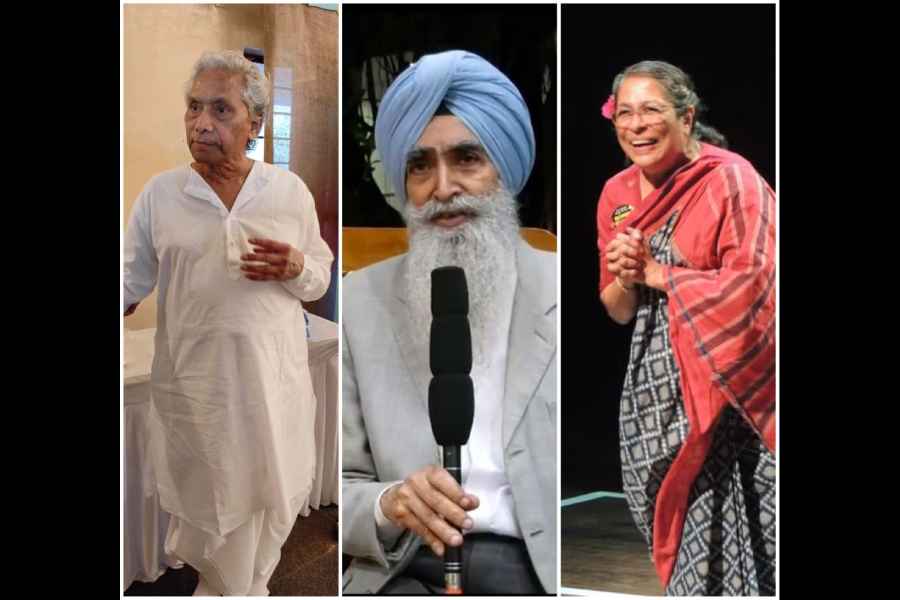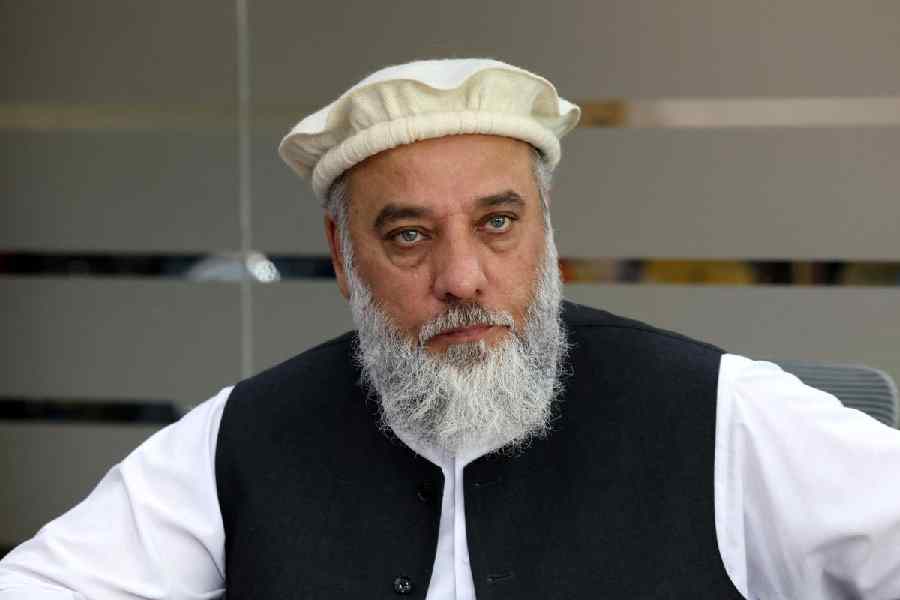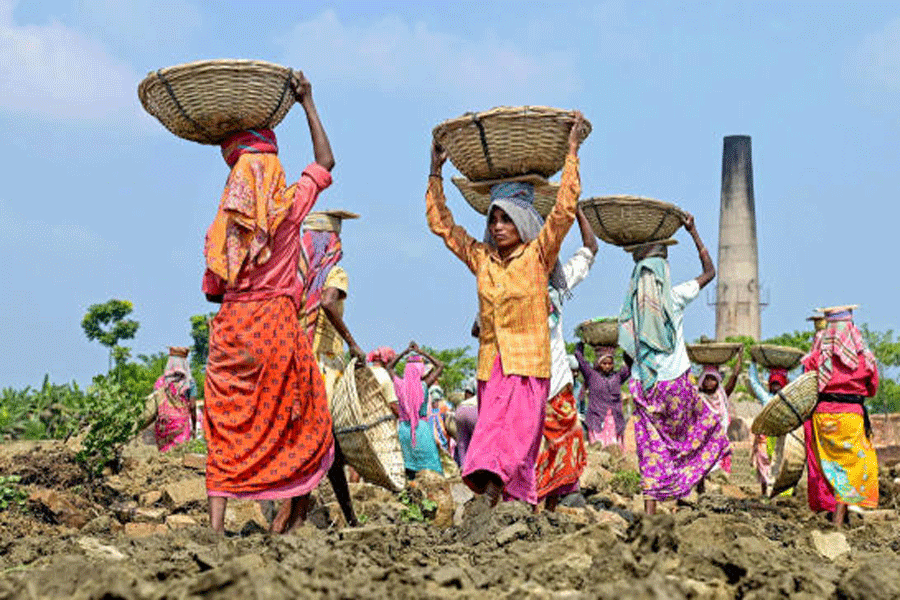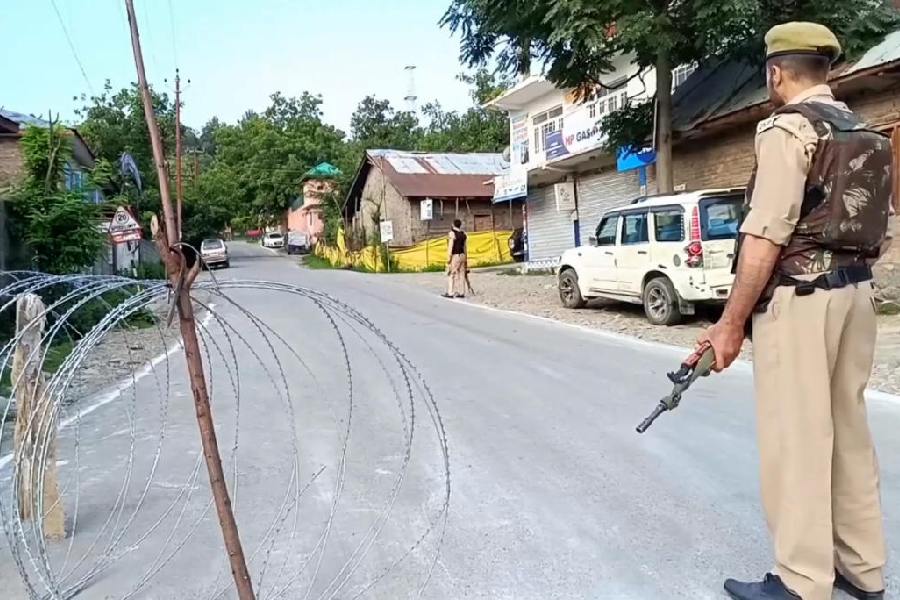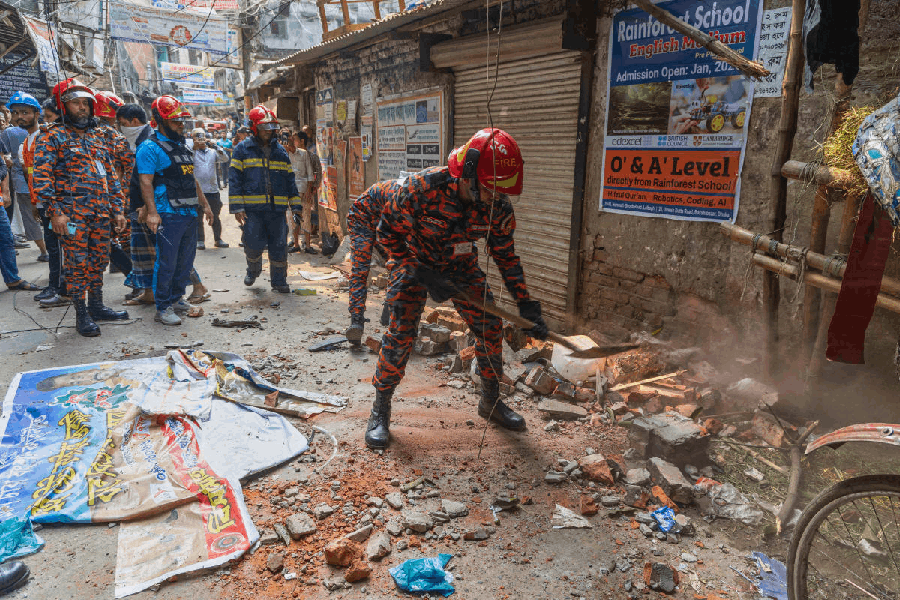In terms of ancestry, I am a fourth-generation resident of Bengaluru. My paternal great-grandfather moved here in the 19th century from a village in the Thanjavur district to become a lawyer. His children were raised and educated in this town, as were their children, among them my father, who studied at St. Joseph’s College and later at the Indian Institute of Science. On my mother’s side, the connection with the city goes back to 1962, when her parents settled here in retirement, taking at face value the then current representation of the place as both a ‘non-fan station’ and a ‘pensioner’s paradise’.
My family connection to Bengaluru thus goes back a hundred and fifty years. However, I myself grew up in Dehradun, while coming down south every other summer to spend time with grandparents, uncles, aunts, and cousins. Although my wife (also of Tamil extraction) spent her own childhood in Bengaluru, we moved here to live only in 1995. I can now thus claim thirty years of continuous residence, a period in which the city has undergone some profound transformations, of which the change in its name (from Bangalore to Bengaluru) may be the least consequential. On the other side, some things have remained constant, such as the temperate climate, the glories of Lal Bagh and Cubbon Park, and the quality and diversity of its bookstores. And also, perhaps, the broadly welcoming and non-chauvinistic character of the majority of the city’s residents.
To celebrate these three decades of becoming a Bengalurian, I shall devote this column to three remarkable residents of this city. I begin with someone who came here from a city that was then known as Calcutta. His name is Biren Das, and he belongs to a celebrated family of confectioners. In the early 1970s, his father, who ran K.C. Das and Company, decided that, in light of the West Bengal government’s stringent control of the supply of milk, it would be prudent to open an outlet outside the state. So Biren, then in his late twenties, was sent to start and run the Bangalore branch of K.C. Das, housed from the beginning at the corner of Church Street and St. Mark’s Road. (That remains the flagship store, though a dozen branches have been opened elsewhere in Bengaluru.)
By the time I moved to this city in 1995, Biren Das had been here for two decades and counting. I would see him occasionally in Cubbon Park, walking briskly. He cut a striking figure, in a crisply starched and perfectly ironed white dhuti-panjabi, and with a shock of white hair to go with it. I met him shortly afterwards, courtesy some Bengali scientists, who had me invited for a musical soirée hosted by Biren Das, featuring the brilliantly gifted vocalist, Venkatesh Kumar. Soon the man became Birenda to me too, as we stopped to chat when meeting in Cubbon Park, or before larger concerts at the Chowdiah Memorial Hall, or in his own apartment further down Church Street, where he lived with his cats. I was moved by his gentleness and warmth, becoming the recipient of untold acts of generosity, such as invitations to Puja feasts and music baithaks and the odd gift of rare research materials.
When Biren Das became a Bengalurian in 1972, Chiranjiv Singh had already known this city for several years. He came from even further away, from the Punjab, to join the Karnataka cadre of the Indian Administrative Service. One of his first assignments was in the office of the chief minister, D. Devaraj Urs, where this turbaned Sikh reported to Christopher Lynn, who was a Catholic from Goa, while working alongside P.K. Srinivasan, a Thia from Malabar. That was the spirit of Mysore (as the state was then called), and may it always also remain the spirit of Karnataka too.
In subsequent years, Chiranjiv Singh became known across Karnataka as an officer of a quite extraordinary intelligence and integrity. He served across the state, making friends wherever he went, among all castes and communities, while becoming a scholar of Kannada along the way, his deep knowledge of this language resting alongside fluent German and French and a reading knowledge of Bangla. Even as he acquired knowledge of those other tongues, he was also publishing poetry in his native Punjabi. Singh is a connoisseur of classical music and the arts, and was an outstanding ambassador of India to UNESCO. In his retirement, he has adroitly steered the city’s Alliance française, published poetry in Punjabi, and even taken on the writing of a newspaper column in Kannada.
Chiranjiv Singh may be the best loved public servant of Karnataka who is not originally from this state. One anecdote from midway in his career is illustrative. In June 1984, after the attack on the Golden Temple by Indira Gandhi’s government, he joined a group of fellow Sikh residents in meeting the governor of Karnataka to register his protest. This so angered the netas and babus in Delhi that they sent an official missive to the chief minister, Ramkrishna Hegde, demanding that Singh be sacked or at least severely reprimanded. Hegde apparently answered that a public servant was also a citizen, who enjoyed the freedom of speech guaranteed by the Constitution. Further, this particular officer was so hugely respected that the chief minister considered him a jewel of his administration and his state. Hence he would not be chastised or sacked, but cherished instead.
The last of my trio to arrive in this city herself grew up in Delhi, with Marathi as her mother tongue. In her youth she developed a great interest in theatre, and it was in this field that Arundhati Rao met and fell in love with Shankar Nag. They married in 1980 and, since Shankar was a native Kannadiga, moved to Bangalore to act in theatre and films. Their individual careers bloomed, but after a decade of marital bliss and professional success, Shankar tragically perished in a road accident. Arundhati, heroically, sublimated her grief by setting about to create a public institution which would keep Shankar Nag’s legacy and memory alive. After a decade spent sourcing funds, finding a site, and planning its building and design, Ranga Shankara opened its doors in the year 2004. In the two decades since it has hosted thousands of plays, in all the languages of the Republic, featuring actors and directors celebrated and famous, young and unknown. Its contribution to the cultural life of the city has been incalculable.
Even while nurturing Ranga Shankara, Arundhati Nag has continued her life as an actor, performing with equal assurance in Hindi, Kannada, English, Marathi, Gujarati and Urdu. She has an exceptional talent, as well as — at the personal level — a rare warmth, generosity, and lack of pride. I may be allowed to reproduce here an exchange I recently had with her. While reading Nico Slate’s magnificent biography of Kamaladevi Chattopadhyay, I came across this remark by Kamaladevi: “Film acting failed to attract me, while the drama theatre filled me with a passionate fervour; acting in a studio seemed like performing in a void without the warm sensitive communion with a responsive audience.”
I sent this quote to Arundhati. She replied: “It resonates with the 50 years of conviction with which I have immersed myself in the Theatre and never ever had a doubt!” Then she added: “How I wish I could’ve been one of Kamaladevi’s chelas!”
When the rest of India finds time to praise people in Bengaluru, they usually think of the city’s IT/BT czars or its cricketers. The people featured in this column lack the wealth and fame of those kinds of celebrities, but for me, at any rate, they embody, and in perhaps deeper and more lasting ways, the spirit of this city. Biren Das and Arundhati Nag have built institutions that enrich the social life of Bengaluru, whereas Chiranjiv Singh has contributed in so many different fields that he might well be considered an institution in himself. Each is for me both a friend as well as an icon, each representing, in their own distinctive fashion, the most admirable attributes of my city and our country.
ramachandraguha@yahoo.in

